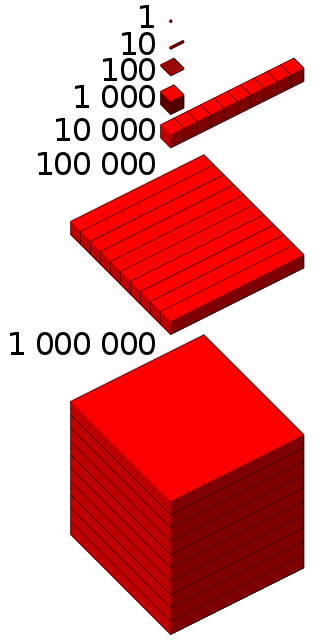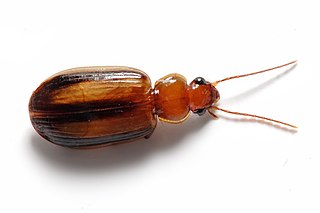Related Research Articles
2 (two) is a number, numeral and digit. It is the natural number following 1 and preceding 3. It is the smallest and only even prime number. Because it forms the basis of a duality, it has religious and spiritual significance in many cultures.
The Vanderbilt family is an American family who gained prominence during the Gilded Age. Their success began with the shipping and railroad empires of Cornelius Vanderbilt, and the family expanded into various other areas of industry and philanthropy. Cornelius Vanderbilt's descendants went on to build grand mansions on Fifth Avenue in New York City; luxurious "summer cottages" in Newport, Rhode Island; the palatial Biltmore House in Asheville, North Carolina; and various other opulent homes. The family also built Berkshire cottages in the western region of Massachusetts; examples include Elm Court.

Neil James Alexander Sloane is a British-American mathematician. His major contributions are in the fields of combinatorics, error-correcting codes, and sphere packing. Sloane is best known for being the creator and maintainer of the On-Line Encyclopedia of Integer Sequences (OEIS).
1000 or one thousand is the natural number following 999 and preceding 1001. In most English-speaking countries, it can be written with or without a comma or sometimes a period separating the thousands digit: 1,000.
300 is the natural number following 299 and preceding 301.
400 is the natural number following 399 and preceding 401.
500 is the natural number following 499 and preceding 501.
700 is the natural number following 699 and preceding 701.
600 is the natural number following 599 and preceding 601.
800 is the natural number following 799 and preceding 801.

One million (1,000,000), or one thousand thousand, is the natural number following 999,999 and preceding 1,000,001. The word is derived from the early Italian millione, from mille, "thousand", plus the augmentative suffix -one.

1,000,000,000 is the natural number following 999,999,999 and preceding 1,000,000,001. With a number, "billion" can be abbreviated as b, bil or bn.

Emily Thorn Vanderbilt was an American philanthropist and a member of the prominent Vanderbilt family. She financed the creation of New York's Sloane Hospital for Women in 1888 with an endowment of more than $1,000,000.

Amblytelus is a genus of ground beetle including 47 species distributed through southern Australia, including the Southwest and along the east coast up to North Queensland. It contains the following species:

Sloane Stephens is an American professional tennis player. She achieved a career-best ranking of world No. 3 after Wimbledon in 2018. Stephens was the 2017 US Open champion, and has won seven WTA Tour singles titles in total.
Promocoderus is a genus of beetles in the family Carabidae, containing the following species:

Demetrida is a genus of beetles in the family Carabidae, containing the following species:

Agonocheila is a genus of beetles in the family Carabidae, containing the following species:

Notonomus is a genus of ground beetles in the family Carabidae. There are more than 120 described species in Notonomus, found in Australia.
Promecoderus is a genus of ground beetle in the subfamily Broscinae. The genus was described by Pierre François Marie Auguste Dejean in 1829 with the genus being found in Australia and is divided into six groups with several subgroups:
References
- ↑ "Hormacrus Sloane, 1898". Catalogue of Life. Retrieved 2023-04-08.